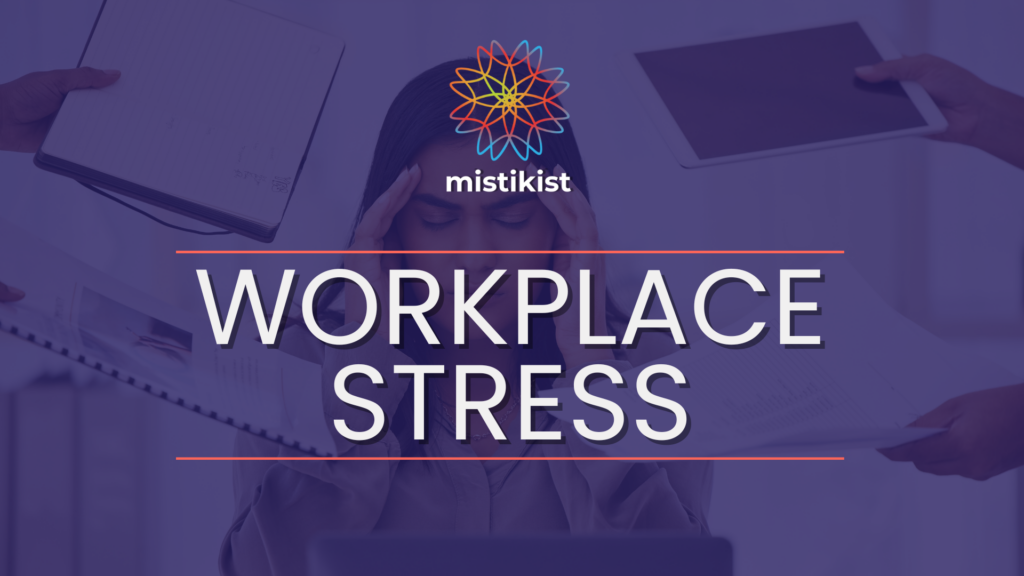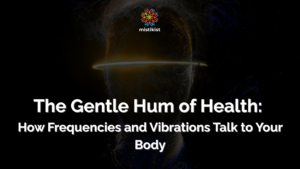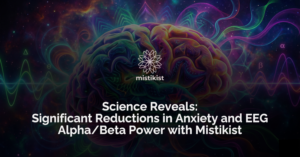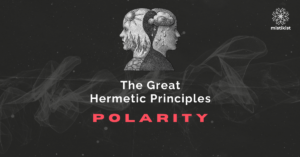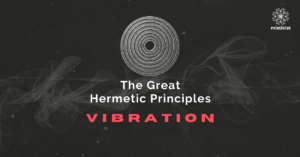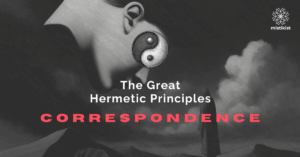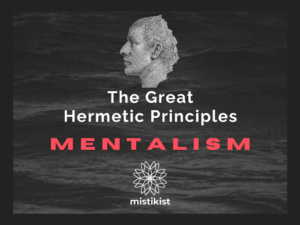Workplace stress is an omnipresent issue in modern organizations, affecting employees’ physical and mental states in response to various challenges and threats within their work environments. Research has consistently shown that a multitude of factors contribute to workplace stress, leading to a range of negative outcomes if not adequately addressed. Today, we are here to explain the causes of stress in the workplace!
The Nature of Stress
Stress is a complex psychological construct that can be defined as the change in one’s physical or mental state in response to situations perceived as challenges or threats. There are two main types of stress: eustress (positive stress) and distress (negative stress). While eustress can propel individuals towards achieving their goals, distress can become burdensome and lead to significant emotional and physical issues
Types of Stress
- Acute Stress: Short-term stress that arises from new demands or pressures.
- Episodic Stress: Frequent and consistent acute stress episodes.
- Chronic Stress: Long-standing stress from persistent issues such as family problems or job strain.
Workplace Stress
Workplace stress specifically arises from interactions between employees and their work environment. Factors contributing to workplace stress include:
- Toxic Work Environments: Characterized by relentless demands, extreme pressure, and fear-driven cultures.
- Negative Workloads: Unrealistic demands and excessive workloads lead to burnout and decreased productivity.
- Isolation: Lack of social support and interaction within the workplace.
- Work Hours: Irregular and long working hours disrupt work-life balance.
- Role Conflict and Ambiguity: Unclear job roles and conflicting responsibilities.
- Lack of Autonomy: Limited control over one’s work and decision-making.
- Career Development Barriers: Limited opportunities for advancement and job insecurity.
- Difficult Relationships: Issues with administrators or coworkers, including bullying and harassment.
- Organizational Climate: Poor communication, unsupportive management, and lack of meaningful participation.
Consequences of Workplace Stress
Chronic workplace stress can lead to a range of physiological and psychological disorders, including:
- Increased absenteeism and decreased productivity.
- Development of chronic health conditions such as hypertension, heart disease, and mental health issues.
- Organizational dysfunction and decreased employee morale.
Addressing Workplace Stress
To mitigate the negative effects of workplace stress, organizations need to implement effective intervention strategies:
- Altering Working Conditions: Creating a more conducive environment by reducing work overload, improving physical work conditions, and providing employees with more autonomy.
- Improving Employee Transactions with the Environment: Offering support through employee assistance programs, stress management resources, and behavioral skills training.
- Providing Coping Mechanisms: Teaching employees techniques for managing stress, such as relaxation and cognitive-behavioral strategies.
The Role of Mistikist in Alleviating Workplace Stress
Mistikist, an innovative app designed to reduce stress and enhance focus, offers a fast-paced solution to the pervasive issue of workplace stress. Here’s how Mistikist can address the gaps in the market and provide a unique, effective alternative to existing solutions:
- Targeted Stress Reduction: Utilizing brainwave entrainment and AI-driven techniques, Mistikist helps users achieve a state of relaxation and focus within 2-8 minutes, making it an ideal tool for quick stress relief during work hours.
- Accessible and User-Friendly: The app is designed to be easily accessible and user-friendly, ensuring that employees can integrate it seamlessly into their daily routines without the need for extensive training or resources.
- Scientific Backing: Mistikist leverages neuroscience and brainwave regulation techniques to provide scientifically validated methods for reducing stress and enhancing cognitive performance.
- Personalization: The app offers personalized recommendations based on individual stress levels and work environments, ensuring that each user receives the most effective intervention for their specific needs.
- Holistic Approach: Beyond immediate stress relief, Mistikist supports long-term mental health by helping users reprogram their subconscious minds, ultimately leading to sustained improvements in overall well-being and productivity.
Conclusion
Workplace stress is a multifaceted issue that requires comprehensive solutions to mitigate its negative impacts on employees and organizations. By addressing the root causes of stress and providing effective coping mechanisms, organizations can foster a healthier, more productive work environment. Mistikist stands out as a groundbreaking solution that not only addresses immediate stress relief needs but also promotes long-term mental health and peak performance, positioning itself as a valuable tool for modern workplaces aiming to thrive in a fast-paced, ever-changing world.
Reference Study: Colligan, T. W., & Higgins, E. M. (2005). Workplace stress: Etiology and consequences. Journal of Workplace Behavioral Health, 21(2), 89-97

